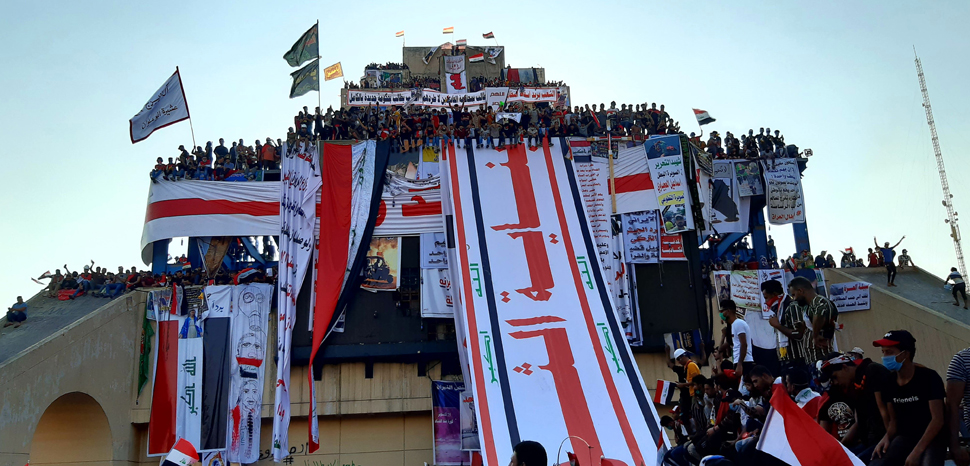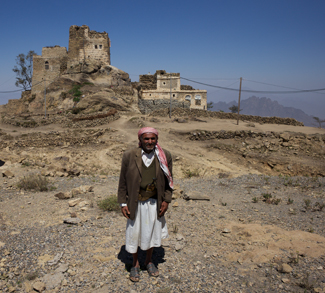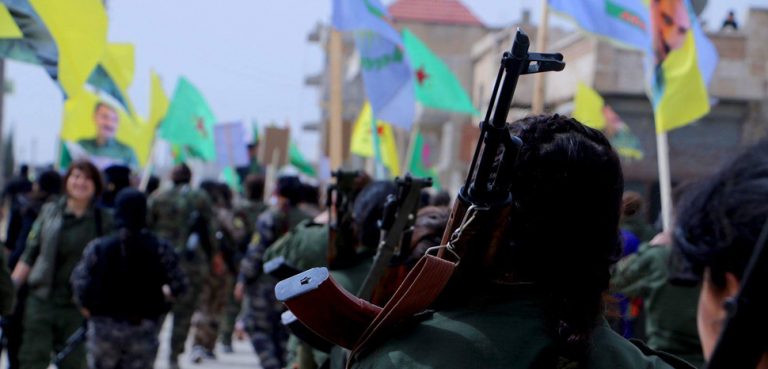The most recent wave of political instability and violence in Iraq has its roots in the 1991 US-led invasion of Iraq; a project intended to bring peace and stability to the region. Operation Desert Storm was a military action coordinated between the United States and other NATO allies in response to Saddam Hussein’s refusal to withdraw Iraqi troops from Kuwait; however, the mission was ultimately unsuccessful, and rather than stabilizing a state plagued by brutal authoritarian rule, it further destabilized the entire region and caused a tightening of Hussein’s grip over the Iraqi state apparatus and its people.
In the decade that followed, Iraq continued to live under Hussein’s strict authoritarian regime. The period is characterized as one of relative peace and stability, especially compared to the violence and unrest experienced during the United States’ intervention. Despite Hussein’s often brutal tactics, basic resources such as food, shelter, and water were generally available. The system began to change however, following the 2001 terrorist attacks on the World Trade Centre. In the wake of these attacks, the United States proceeded to invade Iraq for the second time, eventually installing the Coalition Provisional Authority (CPA), which was to act as an interim governmental regime while the Iraqi state was rebuilt following the conflict.




